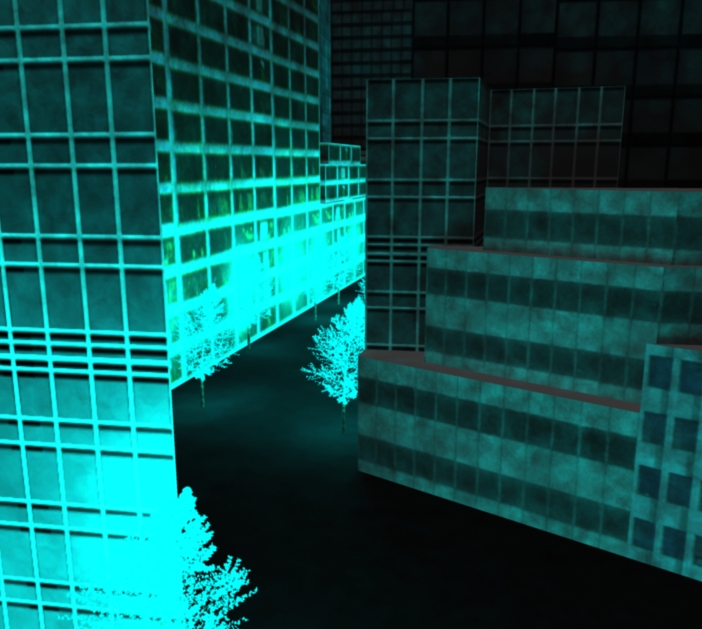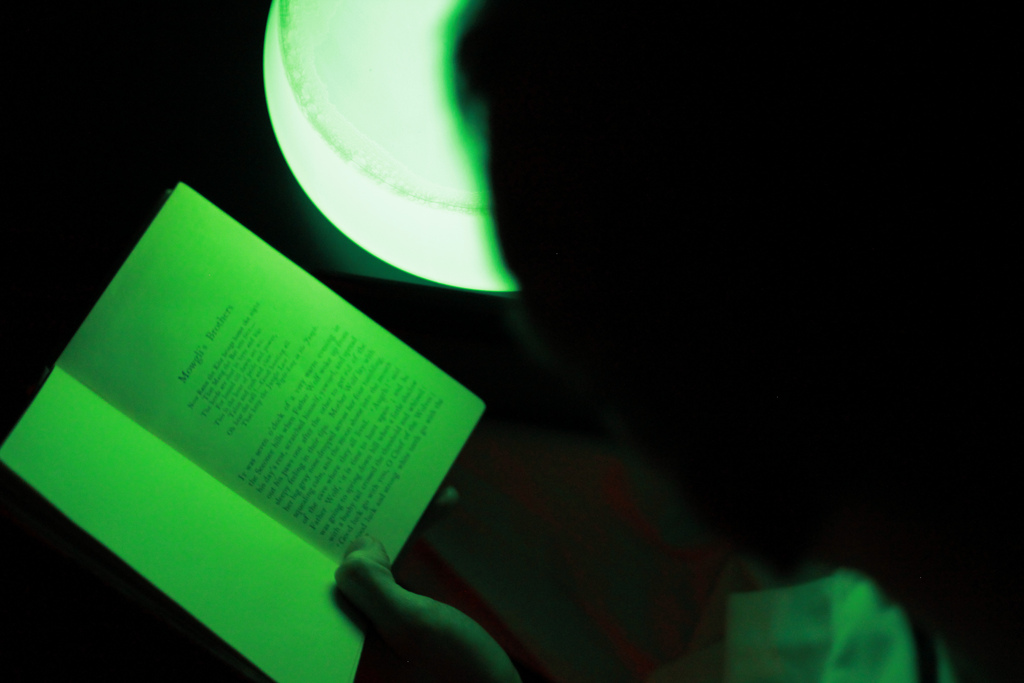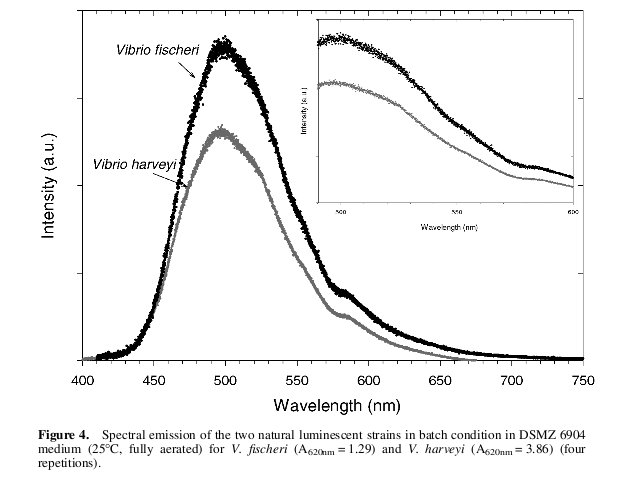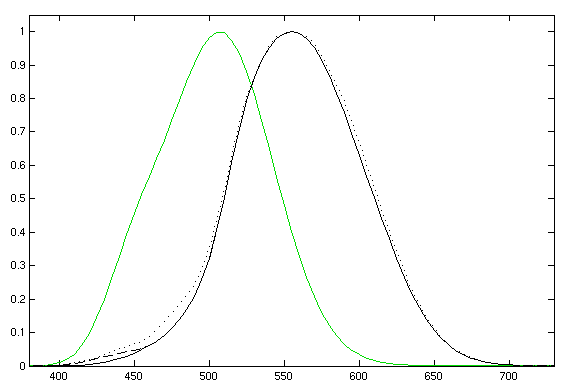Team:Cambridge/Tools/Lighting
From 2010.igem.org
(→Putting it into practice) |
|||
| Line 3: | Line 3: | ||
We had a number of workshops considering the potential broader societal implications of our work. Given the energy crisis facing our planet, lighting, which accounts for 8% of our use of electricity, seemed an interesting application of our work. | We had a number of workshops considering the potential broader societal implications of our work. Given the energy crisis facing our planet, lighting, which accounts for 8% of our use of electricity, seemed an interesting application of our work. | ||
=Bioluminescent street lamps= | =Bioluminescent street lamps= | ||
| - | {{:Team:Cambridge/Templates/RightImage|image=Cambridge-City.jpg|caption=We created a 3D model to try to visualise a city lit by bioluminescent trees}} | + | {{:Team:Cambridge/Templates/RightImage|image=Cambridge-City.jpg|caption=''We created a 3D model to try to visualise a city lit by bioluminescent trees''}} |
In order to provide any solution to the problem, a biological solution must tap into a currently unused energy resource. For this reason we decided to consider the use of '''bioluminescent trees''' to replace conventional street lamps. | In order to provide any solution to the problem, a biological solution must tap into a currently unused energy resource. For this reason we decided to consider the use of '''bioluminescent trees''' to replace conventional street lamps. | ||
| Line 11: | Line 11: | ||
=Putting it into practice= | =Putting it into practice= | ||
| - | {{:Team:Cambridge/Templates/RightImage|image=Jungle_book.jpg|caption=Ben proving it is possible to read by bioluminescent light}} | + | {{:Team:Cambridge/Templates/RightImage|image=Jungle_book.jpg|caption=''Ben proving it is possible to read by bioluminescent light''}} |
We wanted to provide some proof of concept of these ideas. We built the [http://www.youtube.com/watch?v=tUFscEVK5Ks bacterial bubble lamp] to investigate this, and also read the Jungle Book using a flask containing E. coli expressing our bacterial luciferase. | We wanted to provide some proof of concept of these ideas. We built the [http://www.youtube.com/watch?v=tUFscEVK5Ks bacterial bubble lamp] to investigate this, and also read the Jungle Book using a flask containing E. coli expressing our bacterial luciferase. | ||
| - | |||
| - | |||
| - | |||
| - | |||
| - | |||
| - | |||
| - | |||
| - | |||
=Modelling= | =Modelling= | ||
| Line 26: | Line 18: | ||
{{:Team:Cambridge/Templates/RightImage|image=Fischerispectrum.jpg|caption=''Figure 2: The emission spectrum of V. Fischeri (shown in black)''}} | {{:Team:Cambridge/Templates/RightImage|image=Fischerispectrum.jpg|caption=''Figure 2: The emission spectrum of V. Fischeri (shown in black)''}} | ||
{{:Team:Cambridge/Templates/RightImage|image=photopicscotopic.png|caption=''Figure 3: Photopic (black) and scotopic (green) luminosity functions.''}} | {{:Team:Cambridge/Templates/RightImage|image=photopicscotopic.png|caption=''Figure 3: Photopic (black) and scotopic (green) luminosity functions.''}} | ||
| + | {{:Team:Cambridge/Templates/RightImage|image=Luminosityfunction.png|caption=''Figure 4: The formula for calculating luminance. (F:Luminous Flux, y:Luminosity Function,J:Spectral Power Distribution,λ:Wavelength''}} | ||
| + | |||
| + | |||
| + | To show that it may one day indeed be possible to have bioluminescent trees replacing street lamps we considered how efficicient the plants would have to be in order to match a low-intensity street lamp. | ||
| + | Figure 1 shows the radiation spectrum recieved from the sun at sea level. In total this gives about 1,321 – 1,413 W/m<sup>2</sup> of radiant energy for regions in North America. (Data supplied by[http://www.wmo.int/pages/prog/www/IMOP/publications/CIMO-Guide/CIMO%20Guide%207th%20Edition,%202008/Part%20I/Chapter%208.pdf. American Society for Testing and Materials (ASTM) Terrestrial Reference Spectra], a common standard used in photovoltaics). This is a lot of energy, but of course most of it is not accessible to plants. They can only absorb in the visible region (corresponding to roughy 45% of total solar energy), radiation known as PAR (photosynthetically active radiation). In addition, there are other constraints, such as reflectivity of leaves and the absorption spectrum of chlorophyll. The net result is that in general plants are only able to take between 3 and 6% of total solar radiation, corresponding to roughly 60 W/m<sup>2</sup> (Figures from Hall, D.O. and House, J.I., Biomass and Bioenergy, 6,11-30 (1994).) | ||
| - | |||
| - | |||
| - | |||
| - | |||
| - | |||
| - | |||
Revision as of 16:44, 26 October 2010

Bioluminescent street lamps
In order to provide any solution to the problem, a biological solution must tap into a currently unused energy resource. For this reason we decided to consider the use of bioluminescent trees to replace conventional street lamps.
A tree in this position would be able to photosynthesise during the day, building up reserves of energy. We then imagined it emitting light by night, using the bacterial luciferase system, under the control of the inherent circadian clock based gene regulation systems.
Putting it into practice
We wanted to provide some proof of concept of these ideas. We built the bacterial bubble lamp to investigate this, and also read the Jungle Book using a flask containing E. coli expressing our bacterial luciferase.
Modelling

To show that it may one day indeed be possible to have bioluminescent trees replacing street lamps we considered how efficicient the plants would have to be in order to match a low-intensity street lamp.
Figure 1 shows the radiation spectrum recieved from the sun at sea level. In total this gives about 1,321 – 1,413 W/m2 of radiant energy for regions in North America. (Data supplied byAmerican Society for Testing and Materials (ASTM) Terrestrial Reference Spectra, a common standard used in photovoltaics). This is a lot of energy, but of course most of it is not accessible to plants. They can only absorb in the visible region (corresponding to roughy 45% of total solar energy), radiation known as PAR (photosynthetically active radiation). In addition, there are other constraints, such as reflectivity of leaves and the absorption spectrum of chlorophyll. The net result is that in general plants are only able to take between 3 and 6% of total solar radiation, corresponding to roughly 60 W/m2 (Figures from Hall, D.O. and House, J.I., Biomass and Bioenergy, 6,11-30 (1994).)
American Society for Testing and Materials (ASTM) Terrestrial Reference Spectra, a common standard used in photovoltaics
1,413 – 1,321W/m2
"Chapter 8 – Measurement of sunshine duration" (PDF). CIMO Guide. World Meteorological Organization. http://www.wmo.int/pages/prog/www/IMOP/publications/CIMO-Guide/CIMO%20Guide%207th%20Edition,%202008/Part%20I/Chapter%208.pdf. Retrieved 2008-12-01.
 "
"



